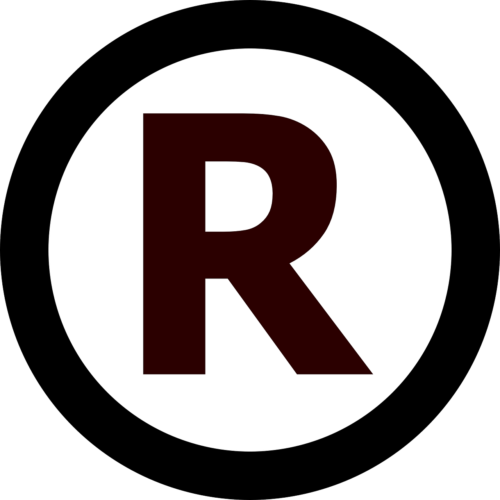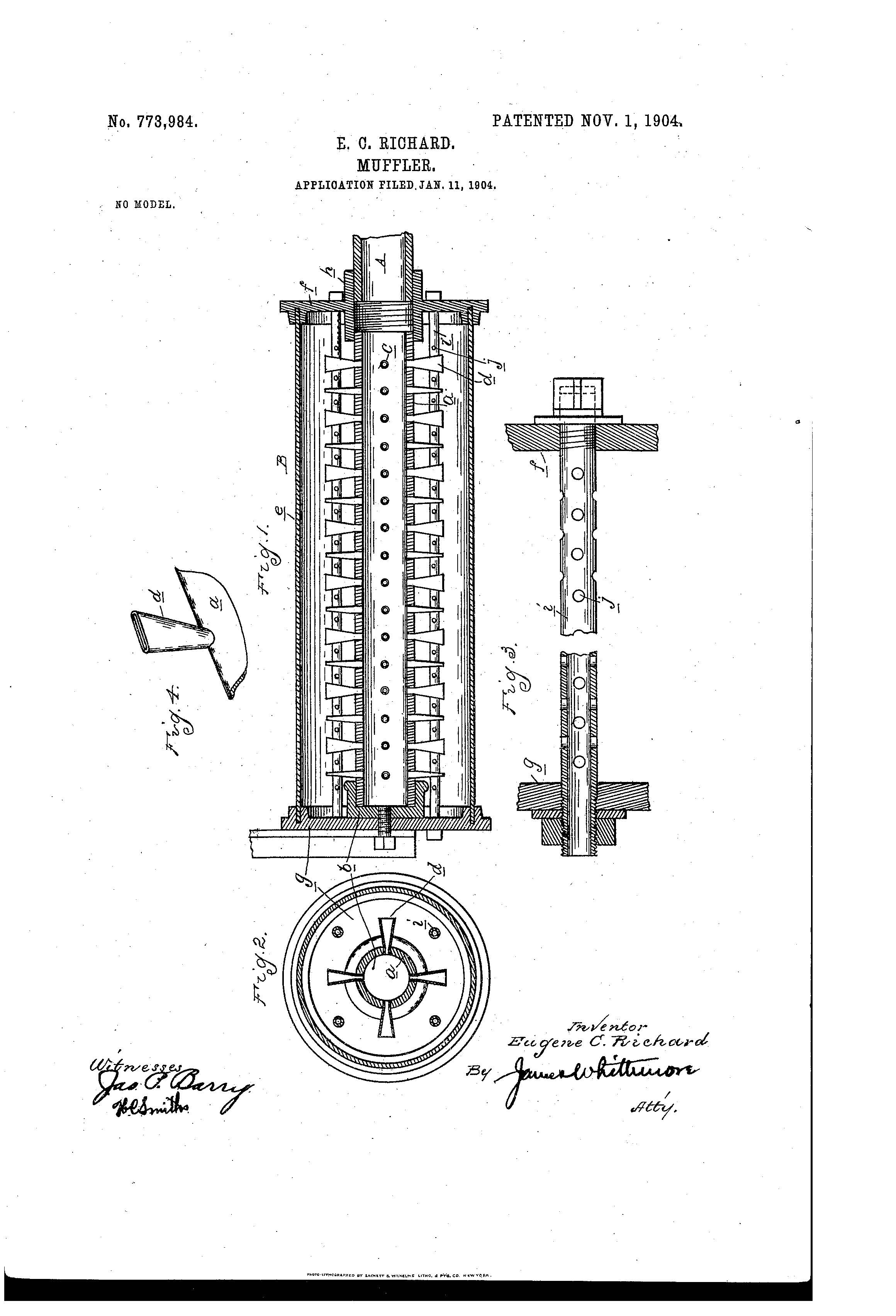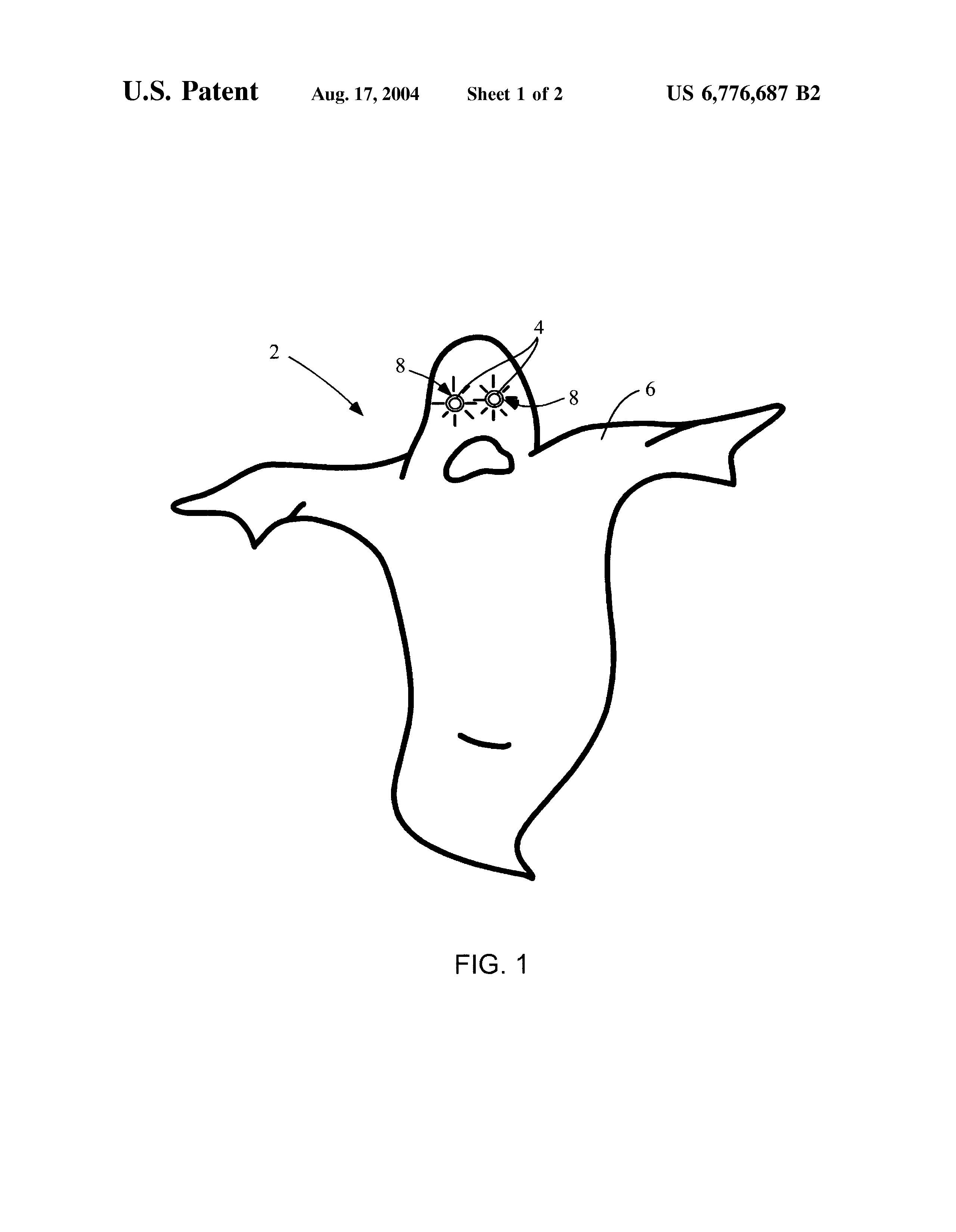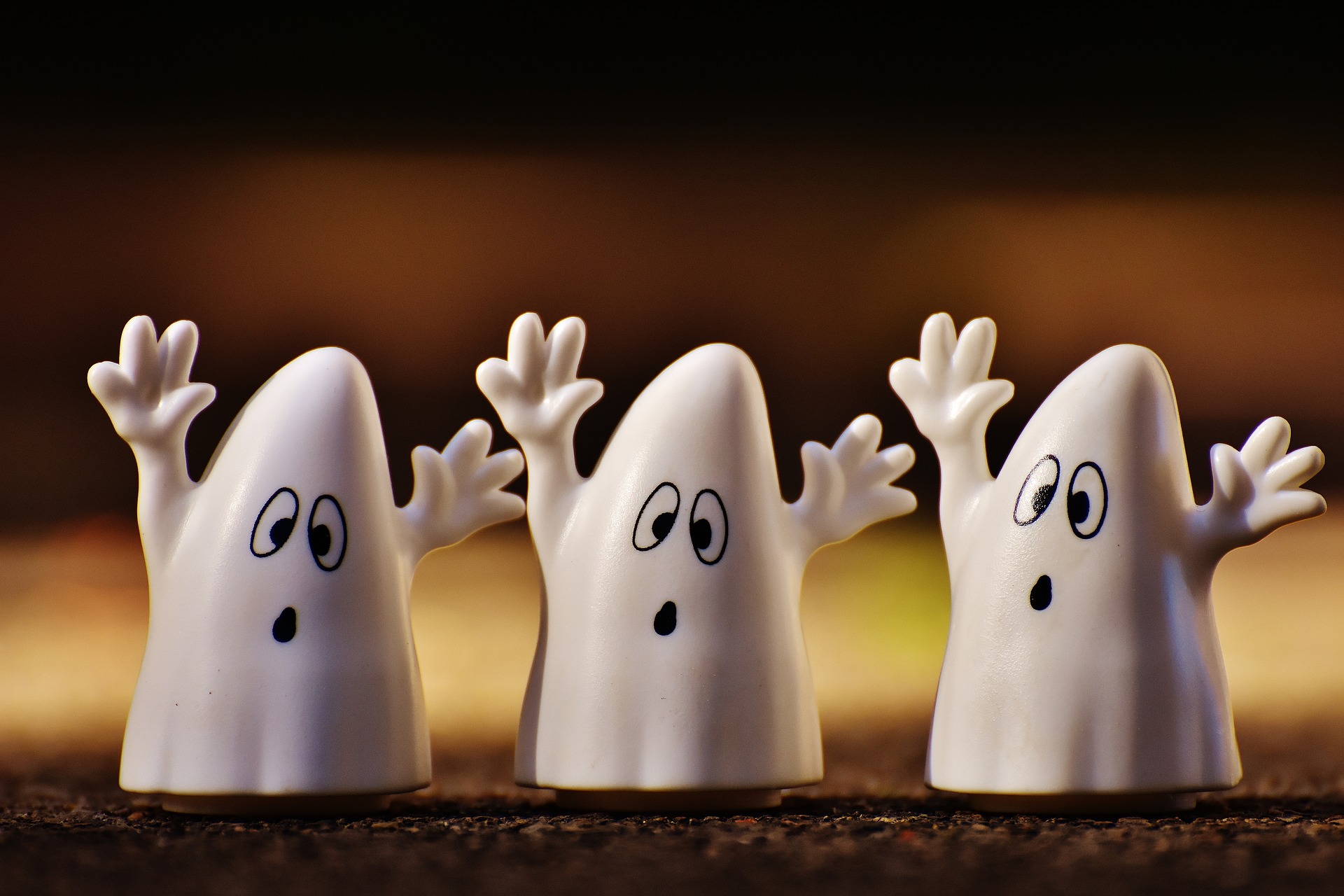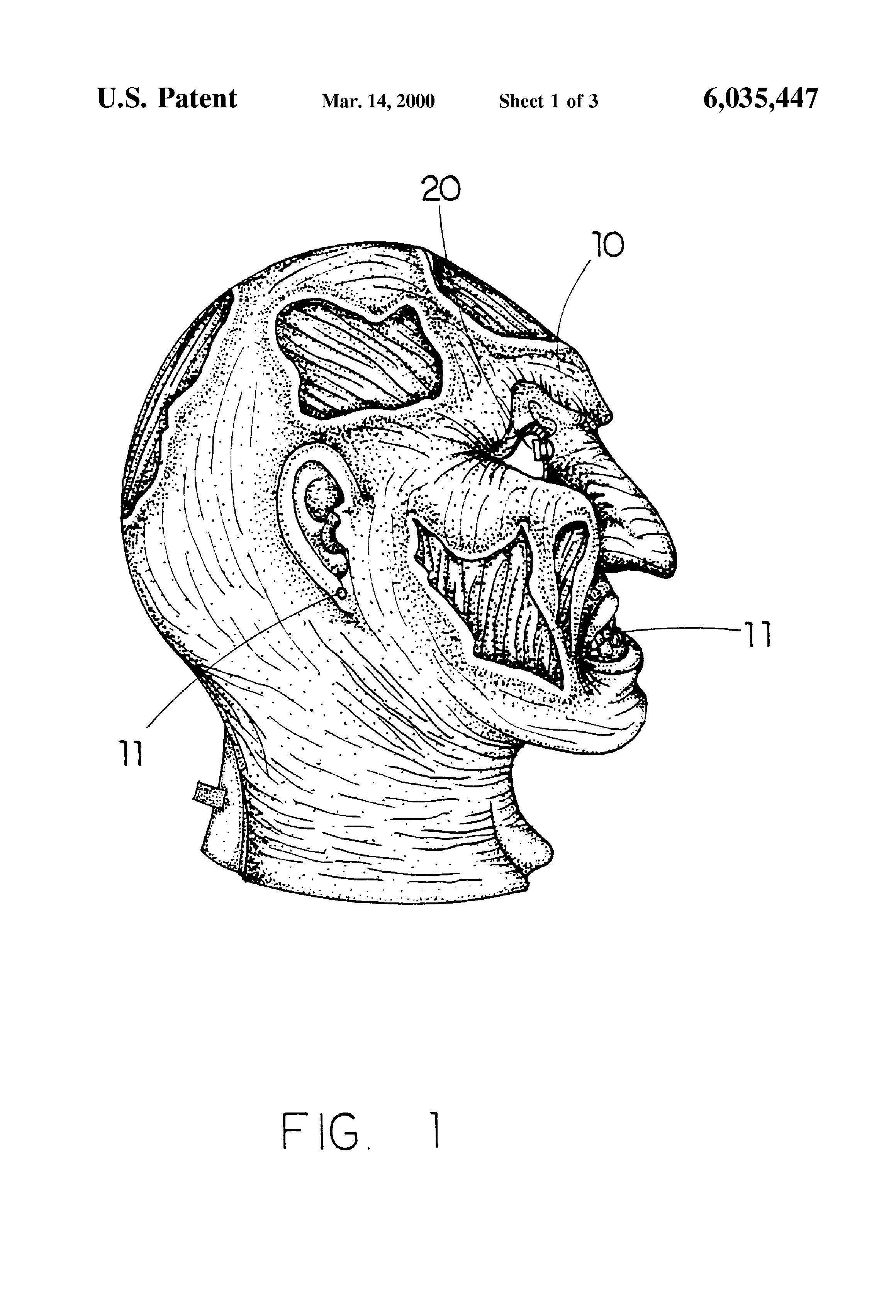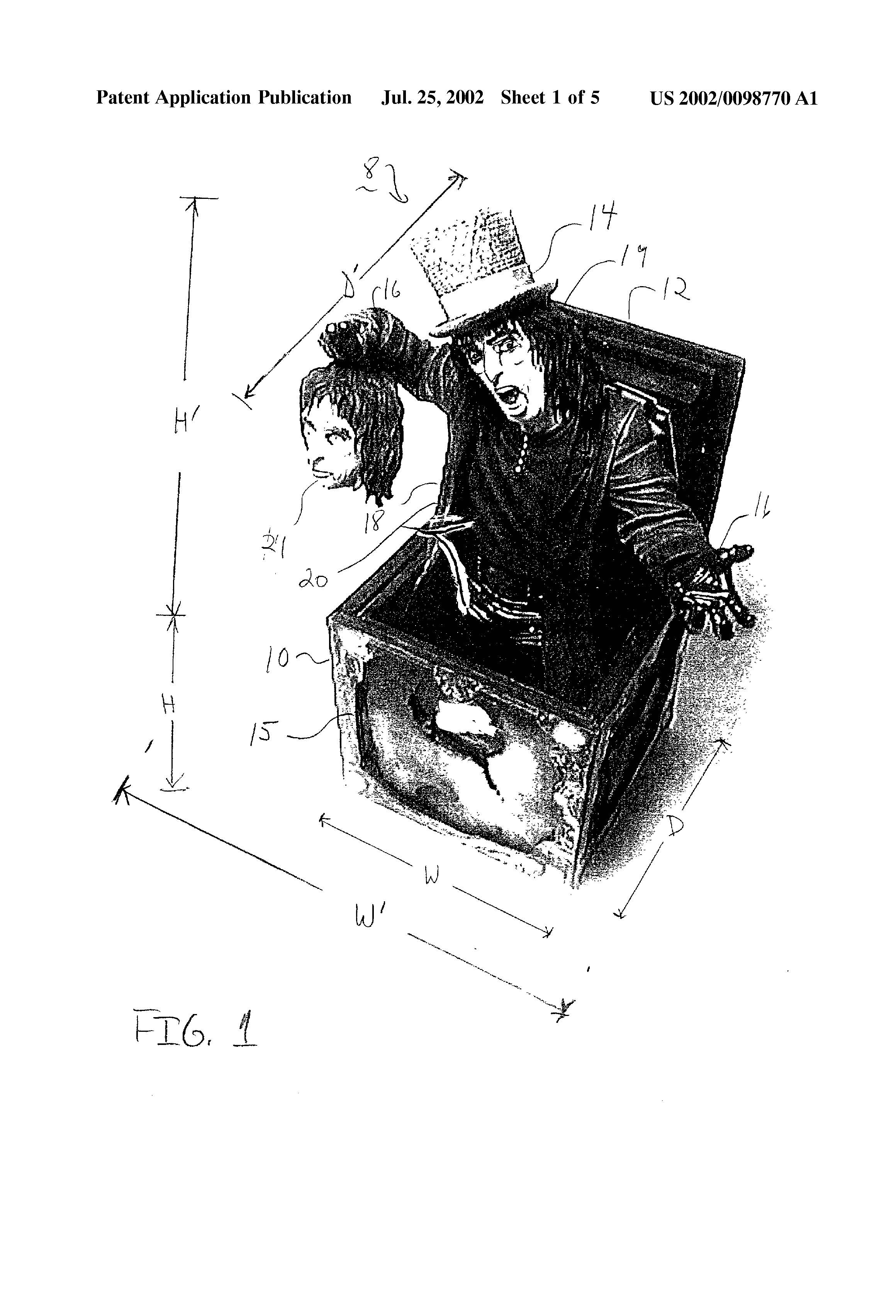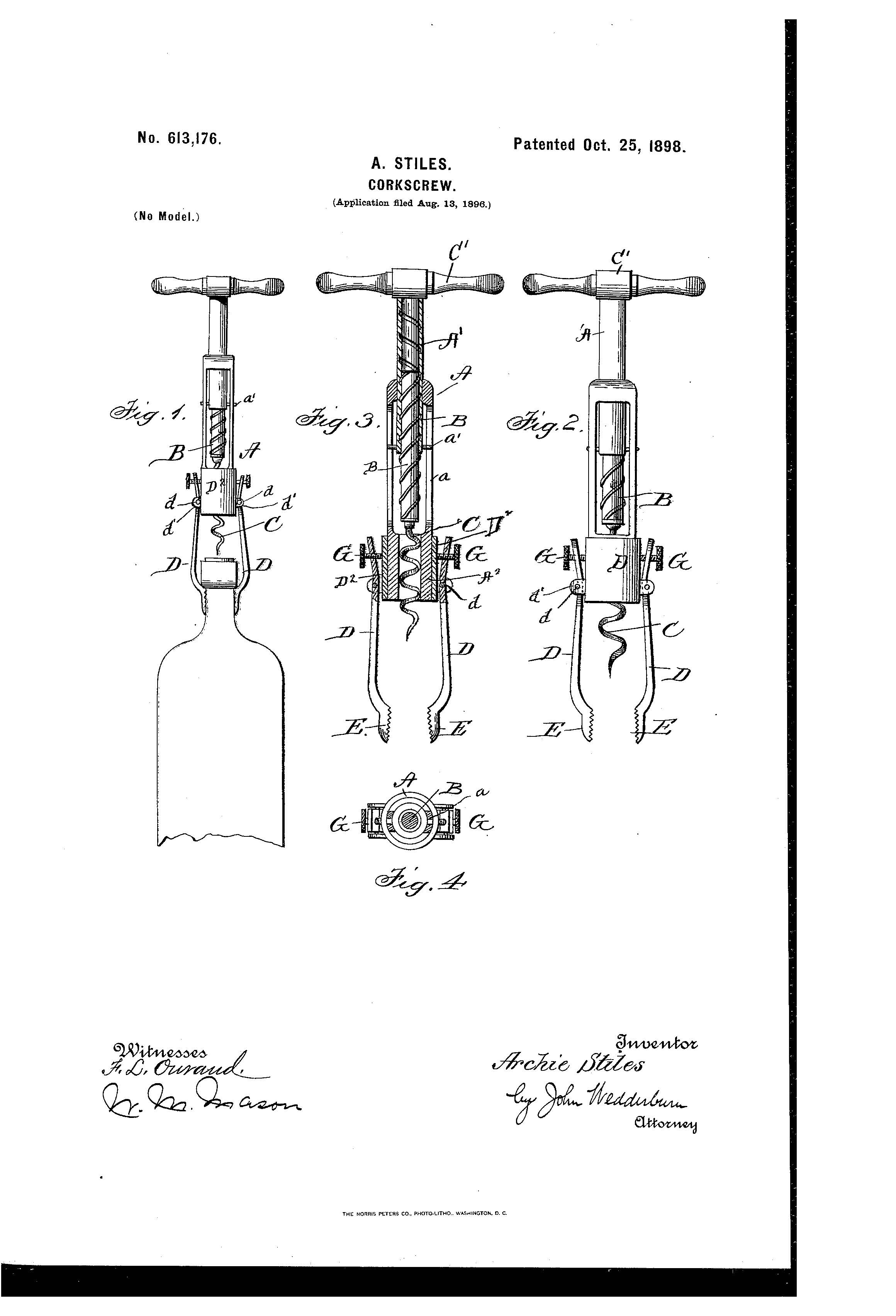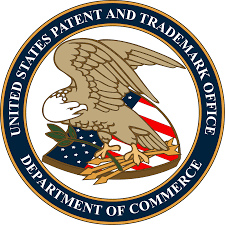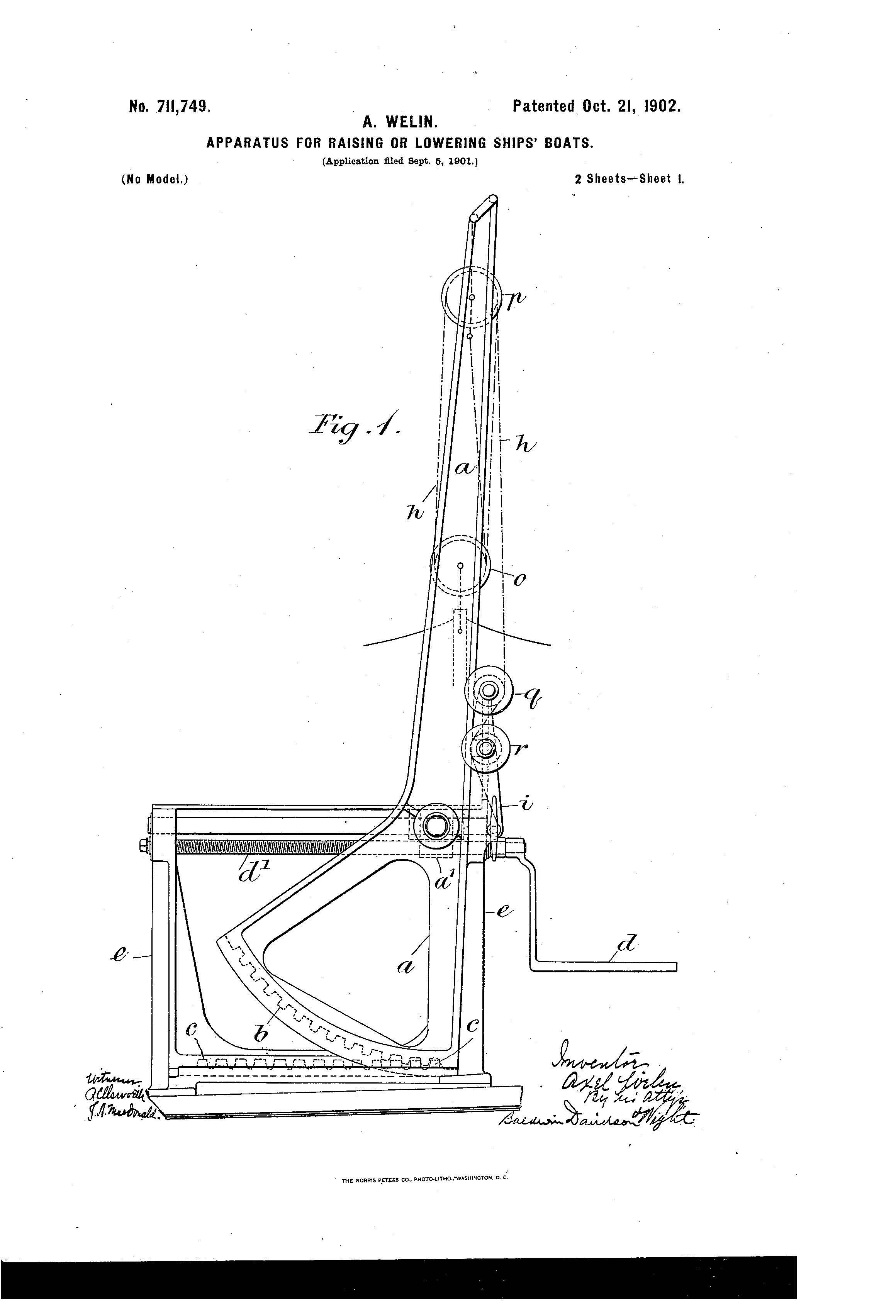Patent of the Day: Electrical Transformer
On this day in 1897 Nikola Tesla was granted the patent for ELECTRICAL TRANSFORMER. U.S. Patent No. 593,138.
The present application is based upon an apparatus which is devised and employed for the purpose of developing electrical currents of high potential, which transformers or induction-coils constructed on the principles heretofore followed in the manufacture of such instruments are wholly incapable of producing or practically utilizing, at least without serious liability of the destruction of the apparatus itself and danger to persons approaching or handling it.
The improvement involves a novel form of transformer or induction-coil and a system for the transmission of electrical energy by means of the same in which the energy of the source is raised to a much higher potential for transmission over the line than has ever been practically employed heretofore, and the apparatus is constructed with reference to the production of such a potential and so as to be not only free from the danger of injury from the destruction of insulation, but safe to handle. To this end I construct an induction-coil or transformer in which the primary and secondary coils are wound or arranged in such manner that the convolutions of the conductor of the latter will be farther removed from the primary as the liability of injury from the effects of potential increases, the terminal or point of highest potential being the most remote, and so that between adjacent convolutions there shall be the least possible difference of potential.
The type of coil in which the last-named features are present is the flat spiral, and this form I generally employ, winding the primary on the outside of the secondary and taking off the current from the latter at the center or inner end of the spiral. I may depart from or vary this form.
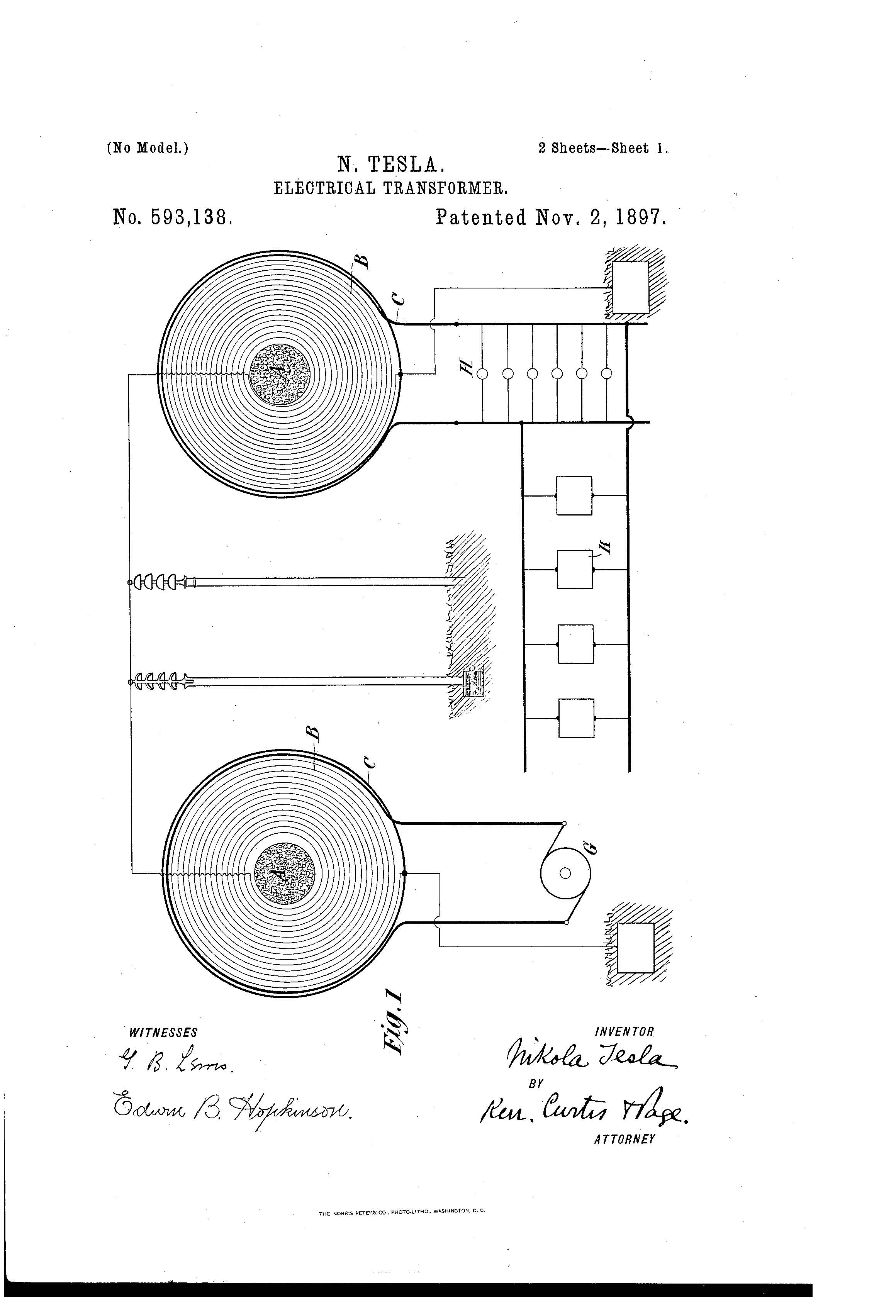
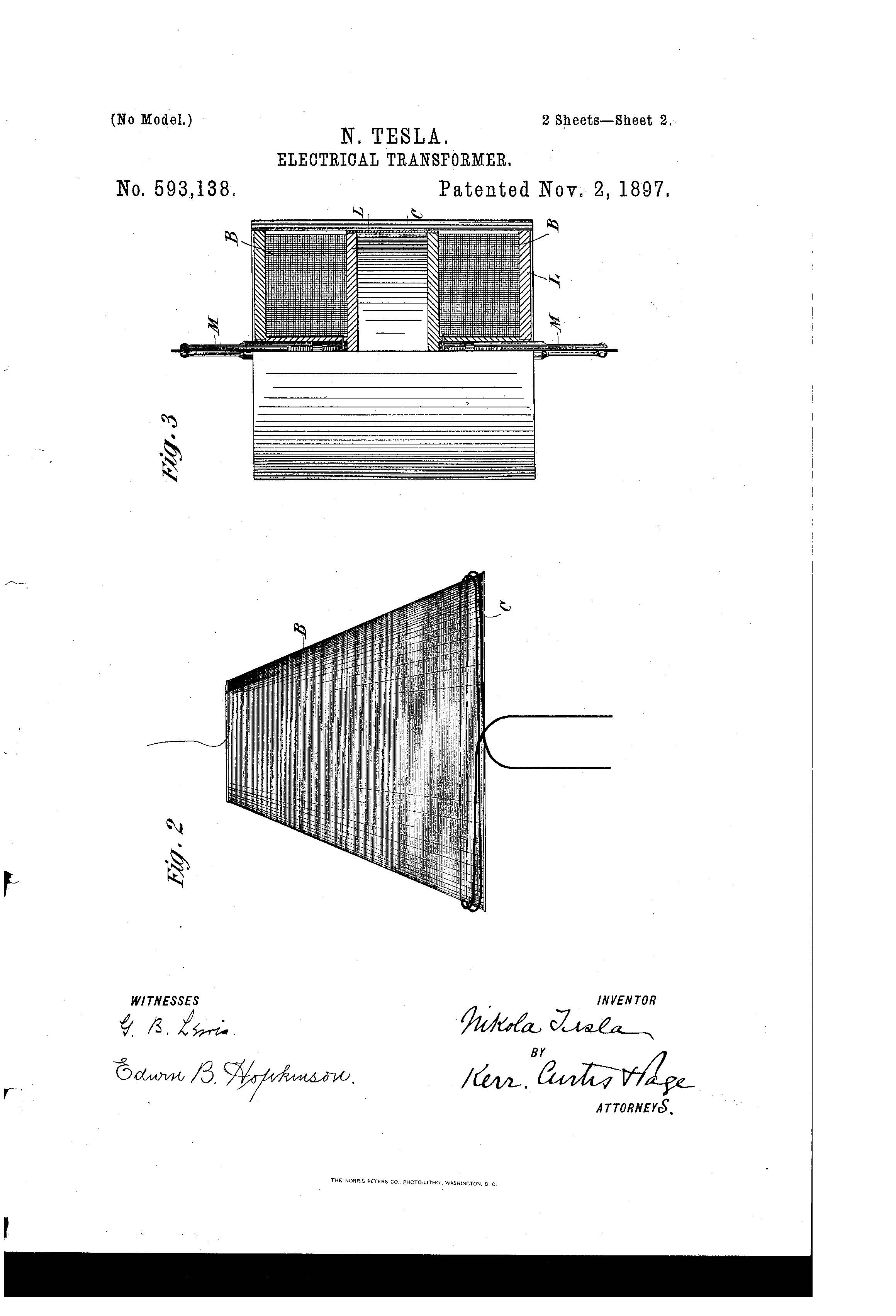
New Changes to TTAB Rules of Practice

On January 14, 2017, the Trademark Trial and Appeal Board (TTAB or Board) Rules of Practice will change. According to the United States Patent and Trademark Office (USPTO), the goal of this change is to provide the public with more efficiency and clarity to inter partes (oppositions, cancellations, concurrent use) and ex parte proceedings. This change will also incorporate those cases pending as of January 14, 2017.
The changes to TTAB were initially proposed in April of 2016, after asking the public for input on the proposed amendments to the TTAB Rules of Practice. One of the reasons for this rule change was due, in part, to the fact that no changes have been made since 2007. Since 2007, terminology, references, and technology have changed and the proposed amendments will allow for more efficient practices before the Board.
Some of the most noticeable changes, among others, will be:
Allowing for Testimony by Affidavit or Declaration
Currently, a testimony submission in TTAB proceedings is to be taken by live deposition, unless otherwise agreed to by the parties. Under the new rule, however, there is an option to introduce testimony by declaration, a more cost effective and efficient way to introduce evidence. This change comes from the Supreme Court’s 2015 ruling in B&B Hardware Inc. v. Hargis Industries, Inc., which held “So long as the other ordinary elements of issue preclusion are met, when the usages adjudicated by the Trademark Trial and Appeal Board are materially the same as those before a district court, issue preclusion should apply.”
Streamlining Discovery and Pretrial Procedure
The new rule reflects the amendments to the Federal Rules of Civil Procedure (FRCP) by addressing the rules of “proportionality” in discovery procedures. Under the new rule, the number of requests for production of documents and the number of requests for admission will be reduced to 75, the same as the current limitation interrogatories, with the option to move for additional requests for good cause. The new practice rules also require discovery to be served early enough that responses will be provided and all discovery will be complete by the close of discovery, including production of documents to be produced or inspected.
Discovery disputes will also be resolved quickly following the close of discovery. Currently, motions to compel can be filed up to the day before trial, but, under the new rule, the deadline for filing motions to compel discovery is prior to the deadline for the plaintiff’s pretrial disclosures. This change is intended to circumvent any uncertainty that can arise on the eve of a discovery trial. Motion for summary judgement will also need to be filed prior to the deadline for plaintiff’s pretrial disclosures.
Service and Electronic Communication
Currently, the USPTO requires each plaintiff to serve the complaint on the defendant. The new rule will shift that responsibility back to the Board. In keeping with the technological progress toward complete electronic communication, the Board will not forward a paper copy of the complaint; rather, it will be served in a link to the Board’s electronic case filing system, Trademark Trial and Appeal Board Inquiry System (TTABVUE).
This new rule will also require service between parties by email for all filings with the Board and any other papers served on a party. Although many attorneys already practice this, those who do not will save an extra step of stipulating to service by email. If for some reason email is not possible, a statement explaining why must be included with the non-emailed submission.
Due to the email requirements, the delay for responses served by mail is no longer necessary so the Board will remove the five additional days for responses served by mail. The period of response will run for 20 days, except summary judgement; that response period will remain 30 days.
These are just a few of the changes being made. If you would like to read more, click on the link below. https://www.uspto.gov/sites/default/files/documents/81%20FR%2069950.pdf
Patent of the Day: Muffler
On this day in 1904 Eugene C. Richard was granted the patent for MUFFLER. U.S. Patent No. 773,984.
The invention relates to mufflers especially designed for use in connection with explosion-engines; and it is the object of the invention to obtain a construction in which the noise of the explosion is eliminated as far as possible and without producing back pressure upon the engine.

Halloween Patent of the Day: Haunting Aid
On August 17, 2004, Frank P. Becking was granted the patent for HAUNTING AID. U.S. Patent No. 6,776,687.
A face with glowing eyes returns stare or blinks at onlookers. At least the head of a being or creature is provided on a backing with a pair of LEDs positioned in empty sockets or under evil brows. The base of each LED rests against or is placed adjacent to the front of the backing, while electrical leads on the other side secure the LEDs in place. The approach to prop construction described may also be employed for less sinister purposes.



Halloween and Intellectual Property

October 31st, Halloween, to some, is just another day, but to others, it is a day to escape reality. Others choose to live vicariously through their children and secretly indulge in the surplus of their Halloween bounty. Regardless of how seriously one partakes in Halloween, intellectual property plays a large, unseen role, in its popularity.
It is estimated that more than 171 million Americans will participate in Halloween this year sending the national spending average to an all-time high of $8.4 billion, an increase of nearly 22% from last year’s $6.9 billion.
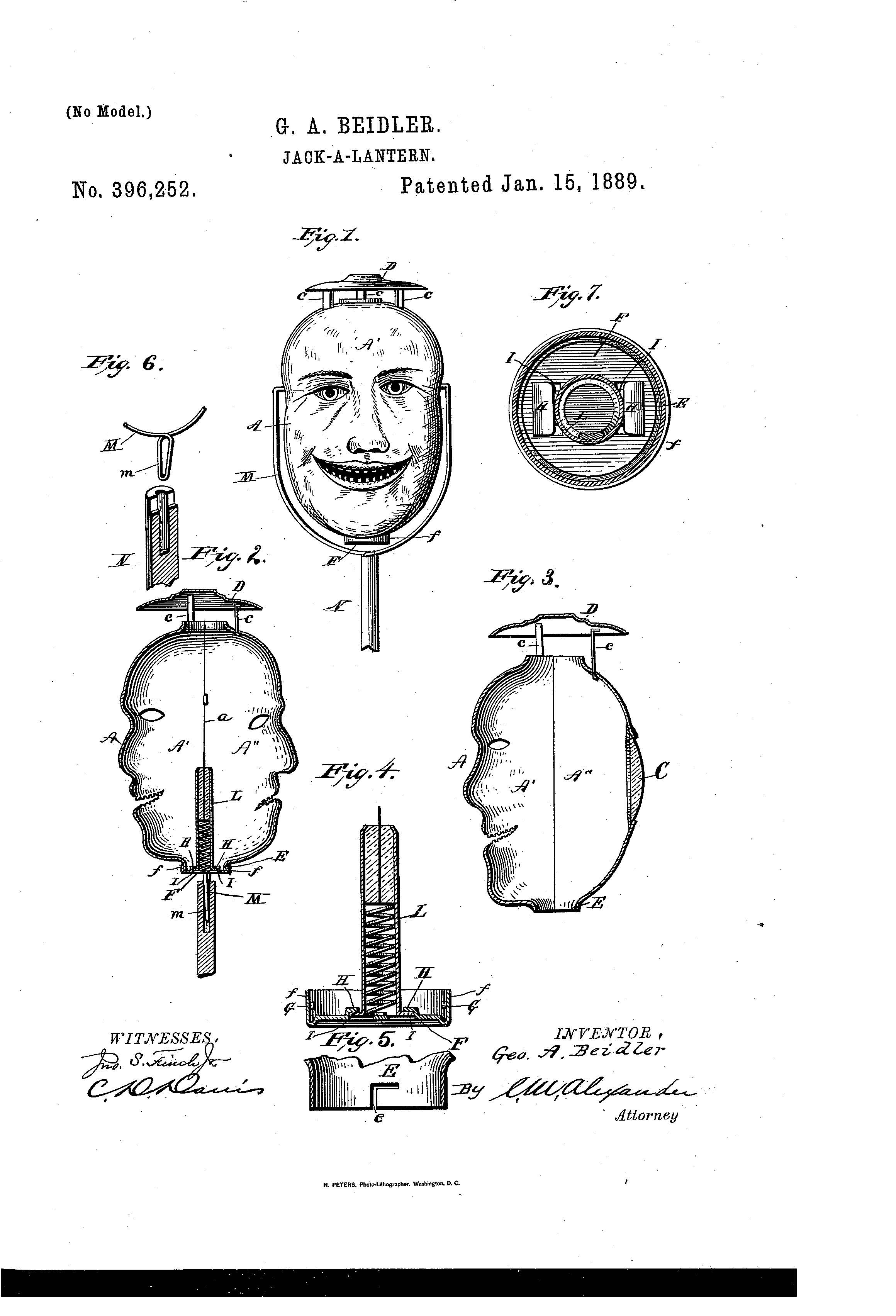 A large portion of that money will be spent on pumpkins and spooky accessories such as the JACK-A-LANTERN (U.S. Patent No. 396,252), the patent granted in 1889, was meant to amuse children. Today, people have veered from the traditional carving design of triangle eyes/nose and jagged smile to the much more elaborate, artistic designs; many who create these designs require pumpkin carving kits such as the one patented in 1989, PUMPKIN CARVING KIT (U.S. Patent No. 4,828,114). One spooky accessory, sure to scare trick-or-treaters, is the HALLOWEEN VAMPIRE DECORATION (U.S. Patent No. D332,761) this decoration comes with a balloon with a vampire’s face printed it on it as well as a vampires cape to hang with the balloon. Another spooky patent is the HAUNTING AID (U.S. Patent No. 6,776,687), this patent has a face with blinking eyes that stare or blink at onlookers and will have trick-or-treaters thinking twice before taking more than one piece of candy.
A large portion of that money will be spent on pumpkins and spooky accessories such as the JACK-A-LANTERN (U.S. Patent No. 396,252), the patent granted in 1889, was meant to amuse children. Today, people have veered from the traditional carving design of triangle eyes/nose and jagged smile to the much more elaborate, artistic designs; many who create these designs require pumpkin carving kits such as the one patented in 1989, PUMPKIN CARVING KIT (U.S. Patent No. 4,828,114). One spooky accessory, sure to scare trick-or-treaters, is the HALLOWEEN VAMPIRE DECORATION (U.S. Patent No. D332,761) this decoration comes with a balloon with a vampire’s face printed it on it as well as a vampires cape to hang with the balloon. Another spooky patent is the HAUNTING AID (U.S. Patent No. 6,776,687), this patent has a face with blinking eyes that stare or blink at onlookers and will have trick-or-treaters thinking twice before taking more than one piece of candy.
From the extravagant to the simple, a large money maker for Halloween is costumes. One fun costume, very practical for those who live in climates that change with season to season, is the WEATHER CLIMATE AND ADAPTIVE HALLOWEEN COSTUME (U.S. Patent No. 6,904,612). This costume is adaptable to accommodate changes in climate. It allows the wearer to layer the insulated material while another portion of the material functions as a ventilator. Another fun costume is the PIZZA SLICE COSTUME (U.S. Patent No. D542,507), patented in 2007, this costume has grown in popularity. Not to leave out our four-legged friends, there are many costume patents for them as well, including, a design patent for PET COSTUME (U.S. Patent No. D699,403) which depicts a toy surfer riding a surfboard on the dog's back.
live in climates that change with season to season, is the WEATHER CLIMATE AND ADAPTIVE HALLOWEEN COSTUME (U.S. Patent No. 6,904,612). This costume is adaptable to accommodate changes in climate. It allows the wearer to layer the insulated material while another portion of the material functions as a ventilator. Another fun costume is the PIZZA SLICE COSTUME (U.S. Patent No. D542,507), patented in 2007, this costume has grown in popularity. Not to leave out our four-legged friends, there are many costume patents for them as well, including, a design patent for PET COSTUME (U.S. Patent No. D699,403) which depicts a toy surfer riding a surfboard on the dog's back.
Another big item people spend money on during Halloween is candy. Surprising to some, intellectual property plays a significant role amongst candy makers. One of the most widely known chocolate manufacturers and candy makers is Hershey Chocolate Corporation. Hershey, established in 1894, was granted the trademark for the original Hershey Chocolate bar in 1906 (Trademark Registration No. 0054041).  Hershey also obtained a trademark on Hershey’s Kisses (Trademark Registration No. 4895783), and trademarked the word “Kisses” (Trademark Registration No. 2416701). In 1996, Hershey filed a trademark on the word Kiss but was refused. In 2000, the Appeals Court sided with Hershey and stated “‘kiss’ represented not just a candy, but a particular candy from one manufacturer.”
Hershey also obtained a trademark on Hershey’s Kisses (Trademark Registration No. 4895783), and trademarked the word “Kisses” (Trademark Registration No. 2416701). In 1996, Hershey filed a trademark on the word Kiss but was refused. In 2000, the Appeals Court sided with Hershey and stated “‘kiss’ represented not just a candy, but a particular candy from one manufacturer.”
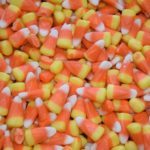 Candy Corn is one of the most popular candies associated with fall and Halloween; the yellow, orange, and white candy originated in Pennsylvania in the 1880s by George Renninger. The Goelitz Confectionery Company, manufacturer of Candy Corn, received the trademark for the popular candy in 1997 (Trademark Registration No. 2085121). In 2001, Goelitz was renamed the Jelly Belly Company.
Candy Corn is one of the most popular candies associated with fall and Halloween; the yellow, orange, and white candy originated in Pennsylvania in the 1880s by George Renninger. The Goelitz Confectionery Company, manufacturer of Candy Corn, received the trademark for the popular candy in 1997 (Trademark Registration No. 2085121). In 2001, Goelitz was renamed the Jelly Belly Company.
After all the candy has been consumed and the overeating regret has set in, one might seek the use of the watch patented in 1990 (U.S. Patent No. 4,965,553), 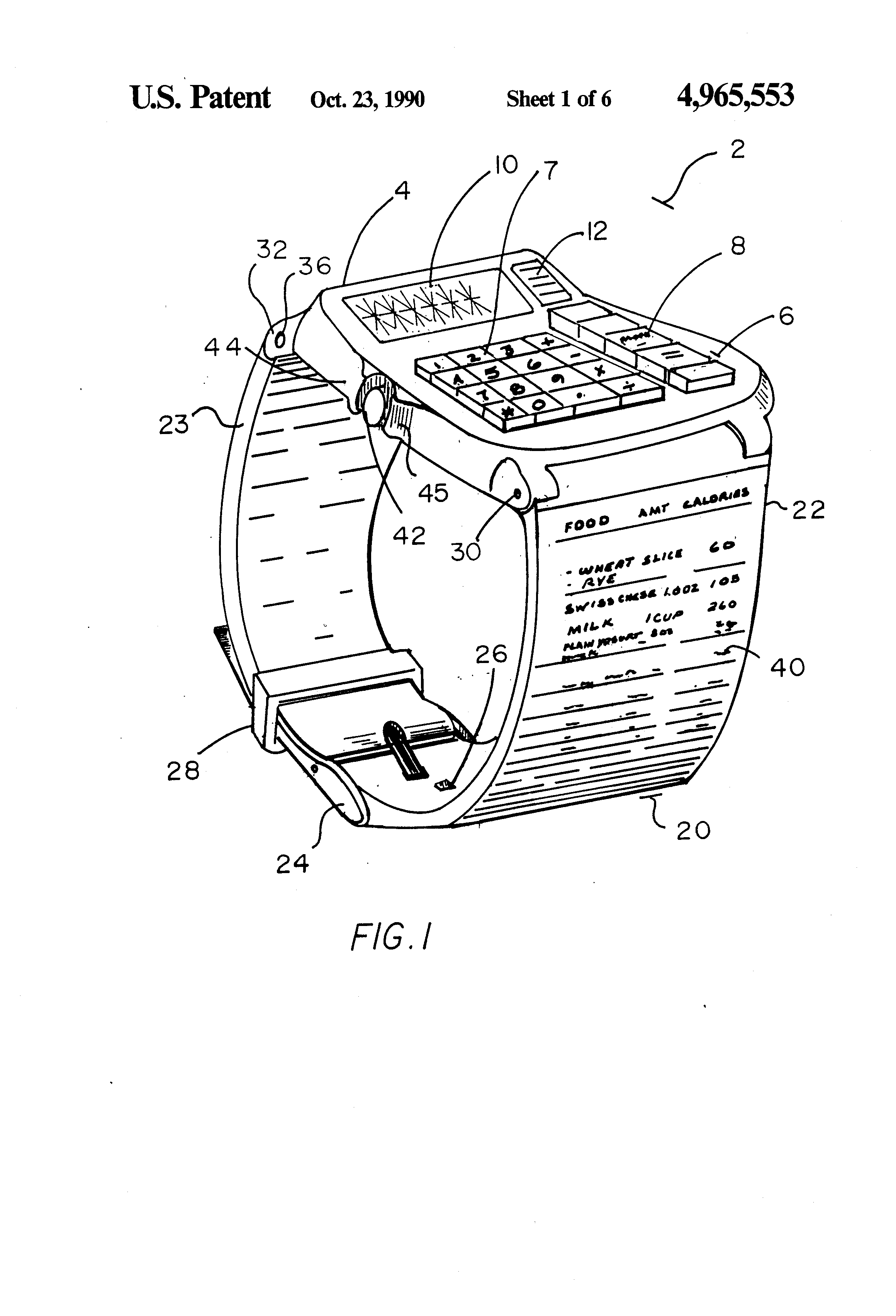 which detects when the wearer’s hand approaches their mouth; when this motion is detected an alarm is activated in the hope that it will dissuade the wearer from eating the item he/she was about to ingest.
which detects when the wearer’s hand approaches their mouth; when this motion is detected an alarm is activated in the hope that it will dissuade the wearer from eating the item he/she was about to ingest.
Whether you will dawn a costume of your own, or live vicariously through the millions of children hitting the streets this evening, we at Suiter Swantz want to wish you a Happy Halloween!
Halloween Patent of the Day: Halloween Mask with Flash Device
On March 14, 2000 Ben M. Hsia was granted the patent for HALLOWEEN MASK WITH FLASH DEVICE. U.S. Patent No. 6,035,447.
A Halloween mask with flash device, which not only can increase the attractive effect and the sense of reality for the mask but also can enhance the safety of the wearer by calling the attention and awareness of the vehicle drivers near the wearer, includes a hollow mask body and at least a flash device. The hollow mask body, which is made of resilient material, is punctured with a plurality of apertures at predetermined positions. The flash device includes a base housing having an upper chamber and a lower cavity, a flashing unit being received in the upper chamber, a predetermined number of button cell being received in the lower cavity and electrically connected with the flashing unit, a cell cover head detachably connected to a bottom end of the base housing so as to cover the lower cavity and the button cell therein, and a lens member affixed on top of the base housing so as to cover the upper chamber and the flashing unit therein. A neck portion is defined on the base housing between the lens member and the cell cover head, so that the flash device can be mounted on the mask body by positioning the neck portion at the corresponding aperture on the mask body While the lens member and the cell cover head respectively propping against an exterior surface and an interior surface of the mask body so as to hold the flash device in position.




Halloween Patent of the Day: Jack-A-Lantern
On January 15, 1889, George A. Beidler was granted the patent for JACK-A-LANTERN. U.S. Patent No. 396,252.
This invention relates to certain improvements in that class of devices known as "jack-a-lanterns;" and it has for its objects to provide a new article of manufacture of unique appearance which will form an attractive, desirable, and amusing toy for children, and supply a long-known want, and which may be used as a campaign-torch for celebrations, torch-light processions, political meetings, and other like occasions where an effective pyrotechnic display is desirable.

Halloween Patent of the Day: Amusement Device with Flexible Rubberized Pop Up Figure
On January 25, 2002 Thomas J. Mesch's patent for AMUSEMENT DEVICE WITH FLEXIBLE RUBBERIZED POP UP FIGURE was given the publication number of US 2002/0098770 A1.
This amusement device includes a container having a releasable cover, which is biased by a compressible elastic member When the releasable cover is in a closed position. A molded rubber sheath encapsulates the compressed elastic member, and the rubber sheath provides a three dimensional figure which is collapsible in the closed position for storage in the container and which recovers to the three dimensional figure when released from the container. A release mechanism is provided in operative relationship with the releasable cover to permit the three dimensional figure to be released by the compressible elastic member when triggered by the release mechanism.






Patent of the Day: Corkscrew
On this day in 1898 Archibald Stiles was granted the patent for CORKSCREW. U.S. Patent No. 613,176.
This invention relates to certain new and useful improvements in corkscrews; and it has for its object, among others, to provide a simple and cheap form of corkscrew by which the cork may be withdrawn from a bottle more rapidly and with less exertion than by the old forms. The construction is such that when the handle of the corkscrew is pushed inward the screw runs into the cork, and then by giving it a twist or turn the cork is withdrawn, and then when the handle is lifted or drawn back the screw is turned out of the cork.
The device is provided with jaws which are adjustable so as to fit any sized bottle.
The device is cheap of manufacture, not liable to get out of order, and in practice has proven most efficient for the purposes for which it is intended.

The USPTO published a Notice of Roundtables and Request for Comments

On October 14, 2016, the United States Patent and Trademark Office (USPTO) published a notice in the Federal Register for two public roundtables and a request for comments related to patent subject matter eligibility. The notice stated the USPTO seeks public input on patent subject matter eligibility in view of recent decisions by the Supreme Court and Court of Appeals for the Federal Circuit.
The USPTO seeks to continue to receive feedback from members of the public to improve the USPTO’s subject matter eligibility guidance and training examples. The public roundtables are intended to facilitate a discussion among members of the public regarding the legal contours of eligible subject matter in the U.S. patent system.
The purpose of Roundtable 1 is to receive feedback from the public to improve the USPTO’s existing subject matter eligibility guidance and training examples. It will be held on November 14, 2016, at the USPTO headquarters in Alexandria, Virginia. The deadline to register for those who wish to speak is October 26, 2016, and those interested must indicate their interest in speaking when they register. The USPTO is accepting written comments via electronic mail on the subject matter eligibility guidance and training examples on an ongoing basis.
Roundtable 2 will be held on December 5, 2016, at Stanford University in Stanford, California and its purpose is to receive feedback regarding larger questions concerning the legal contours of eligible subject matter in the U.S. patent system. The deadline to register for those who wish to speak is November 14, 2016, and those interested must indicate their interest in speaking when they register. Those wishing to submit written comments on the topics addressed in Roundtable 2, should submit them by January 18, 2017, via electronic mail.
There is no fee to register for Roundtables 1 and 2. Registration can be done on-line and is on a first-come, first-served basis. A live webcast will be available for both roundtables.
More information can be found in the Federal Register notice:
Patent of the Day: Agriculture Machine
On this day in 1899 Jacob J. A. Morath was granted the patent for AGRICULTURE MACHINE. U.S. Patent No. 635,501.
This invention relates to improvements in agricultural machines for performing the necessary farmwork, such as plowing and harrowing the ground, planting the seed, and for various other kinds of work necessary to be done on the farm.
One object that I have in view is to provide a comparatively simple and compact apparatus in which is embraced a propulsion mechanism adapted to penetrate the ground and to plow its way therethrough for the propulsion of the machine, such propulsion mechanism having cutting edges which sever the roots of vegetable growths on the land. With such propulsion mechanism is associated means for giving vertical adjustment thereto in order to move such mechanism into or out of operative positions.
A further object is to provide traction devices adapted to transport the machine over the field or road when the propulsion mechanism is out of service, and such traction devices are adapted to be driven in a manner to propel the machine in a straight course or to assist in steering the machine around curves or bends in a road.
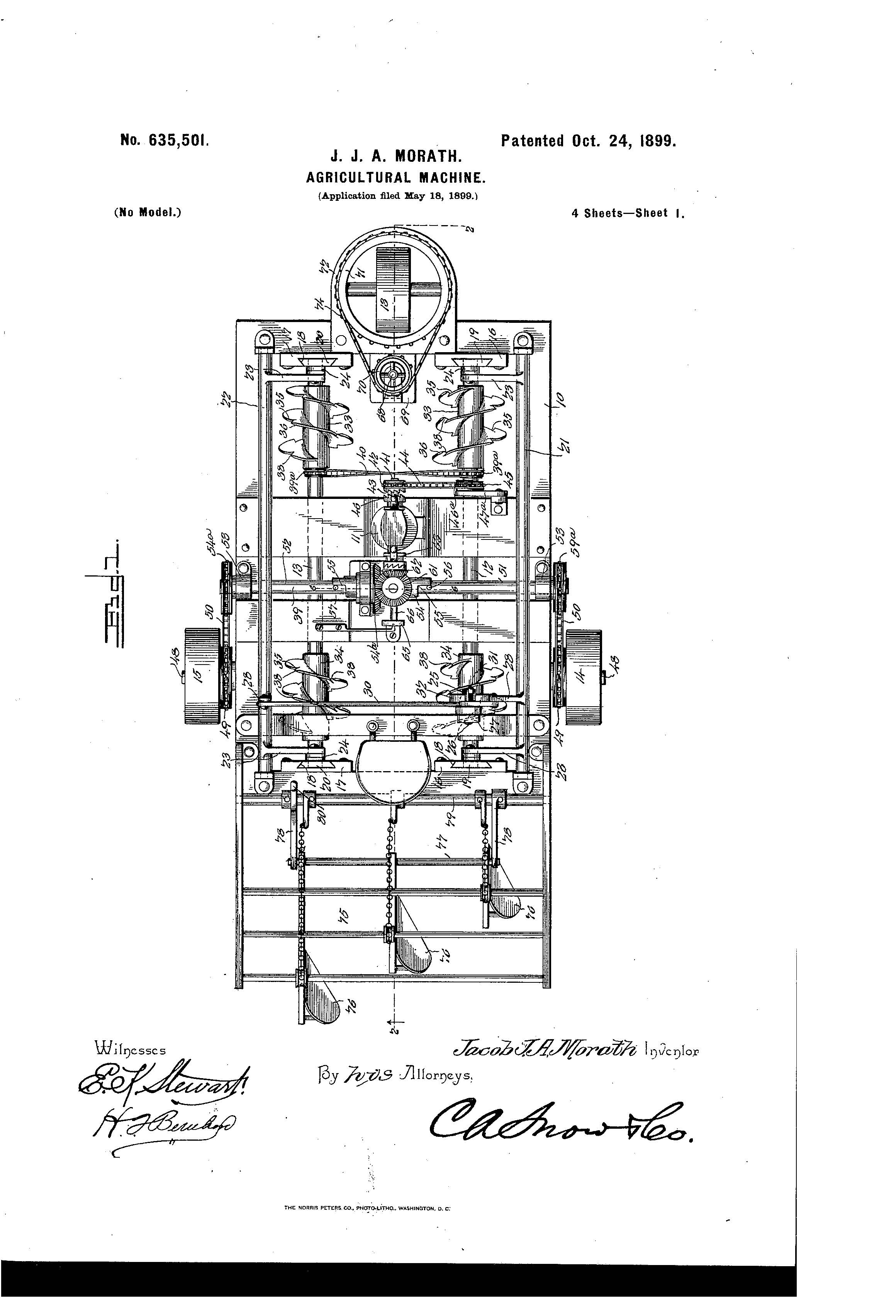
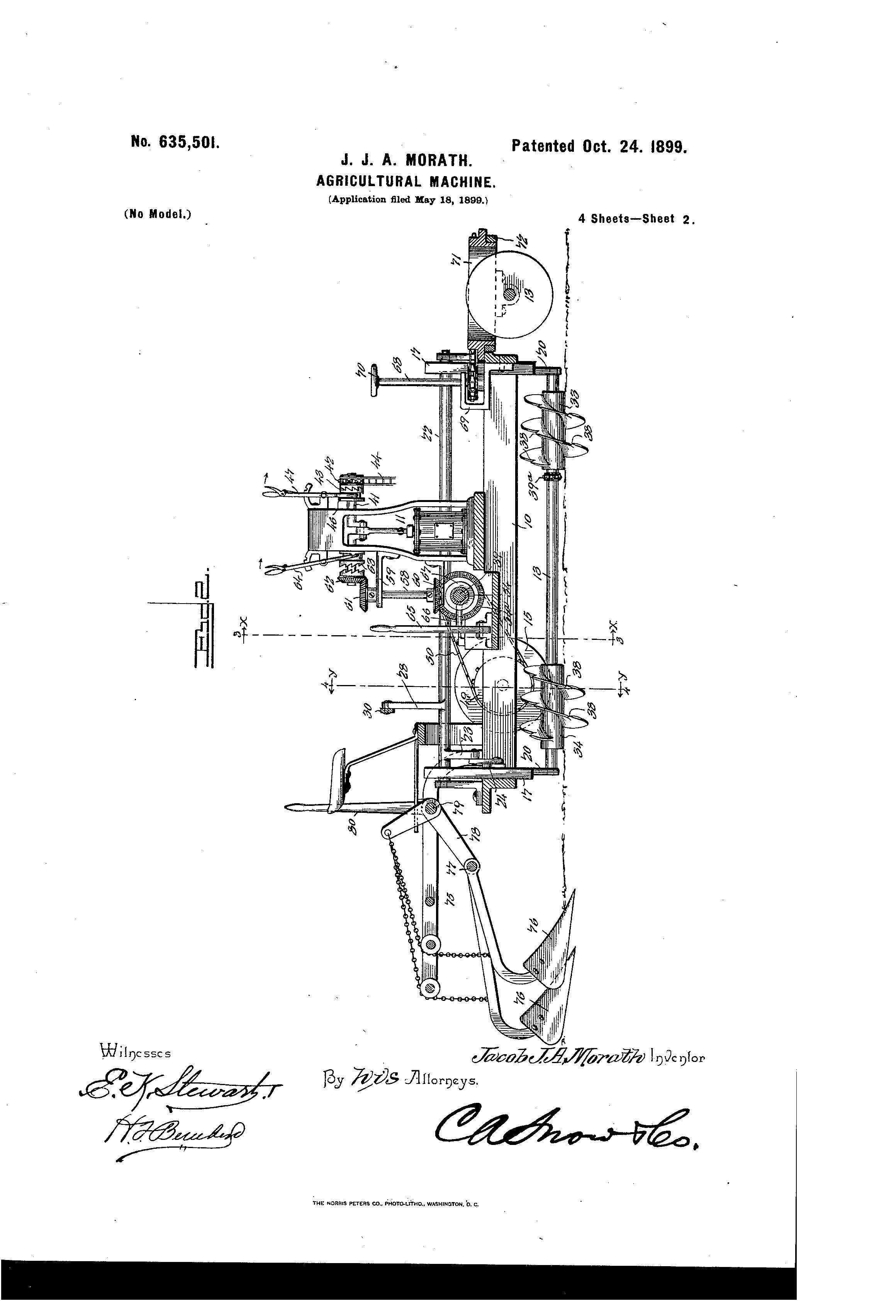
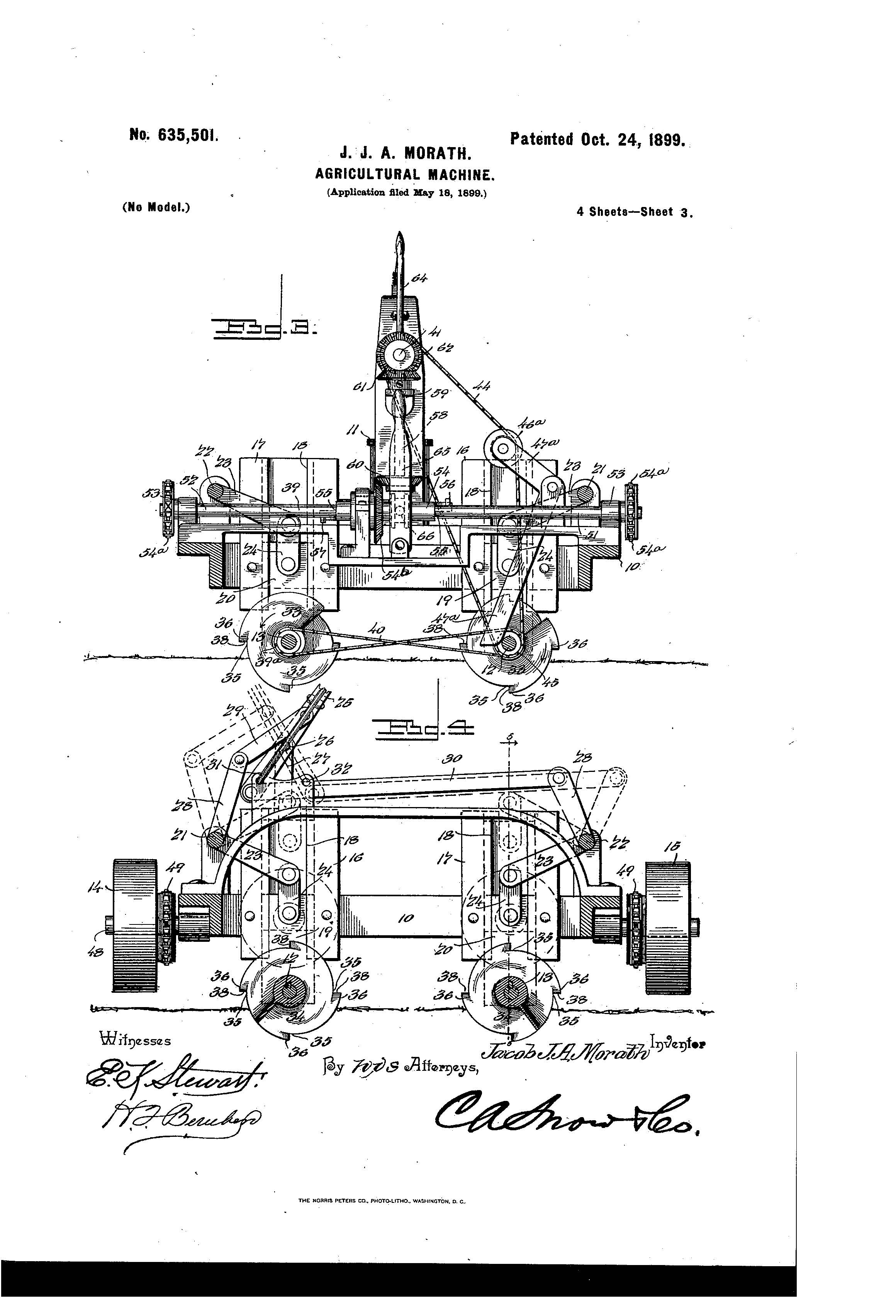
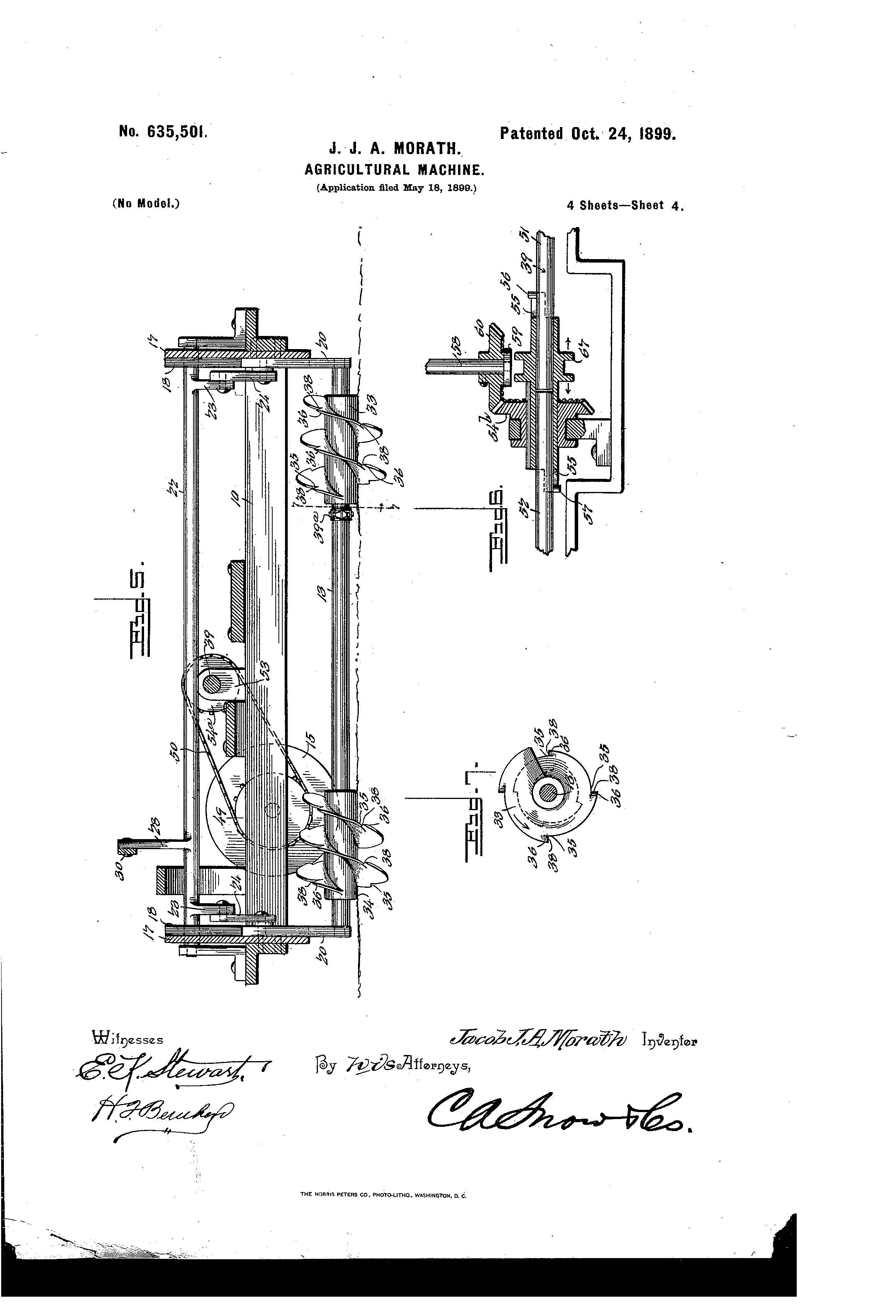
Patent of the Day: Apparatus for Raising or Lowering Ships' Boats
On this day in 1902 Axel Welin was granted the patent for APPARATUS FOR RAISING OR LOWERING SHIP'S BOATS. U.S. Patent No. 711,749.
This invention relates to davits which are so constructed that the davits themselves can turn downward, as in the constructions when the lower end of the davit is pivoted to the deck or when the lower end is in the form of a toothed quadrant which rolls on a rack.
Heretofore when the davit is lowered the boat is lowered at the same time, and thus a greater amount of power is required to hoist the boat inboard than is required to lower it out.
The object of this invention is to some extent equalize the amount of power that is required to launch a boat and that required to hoist it inboard.
According to this invention the tackle is so arranged that as the davit is lowered the boat is raised relatively to the upper end of the davit, and vice versa.




